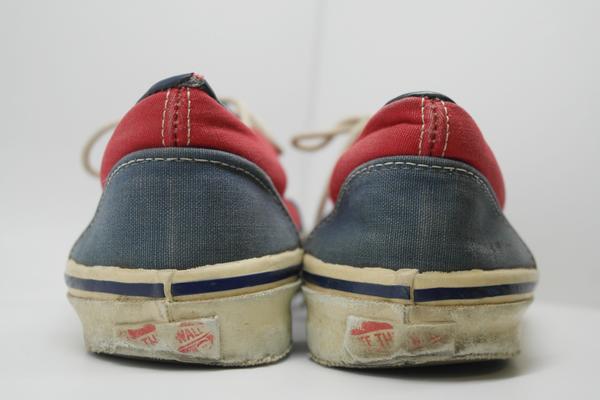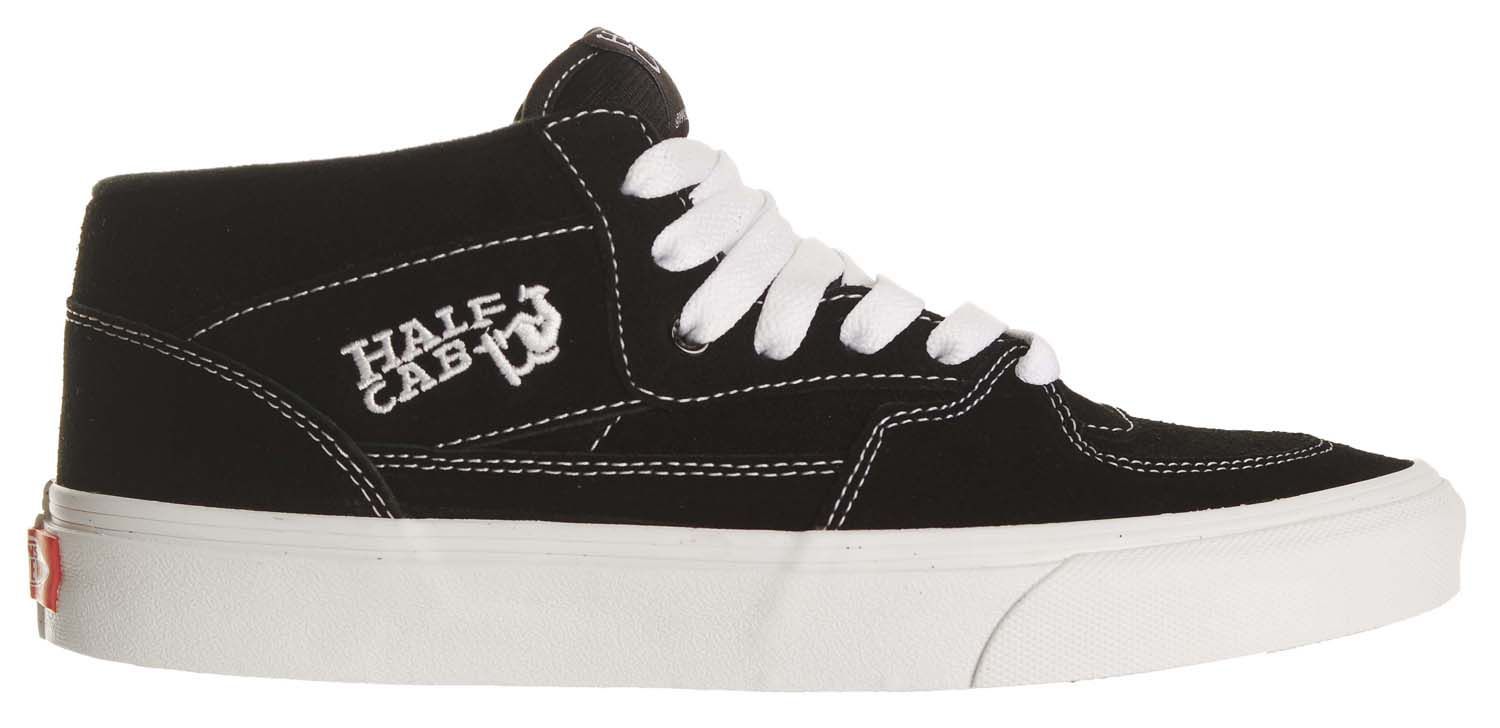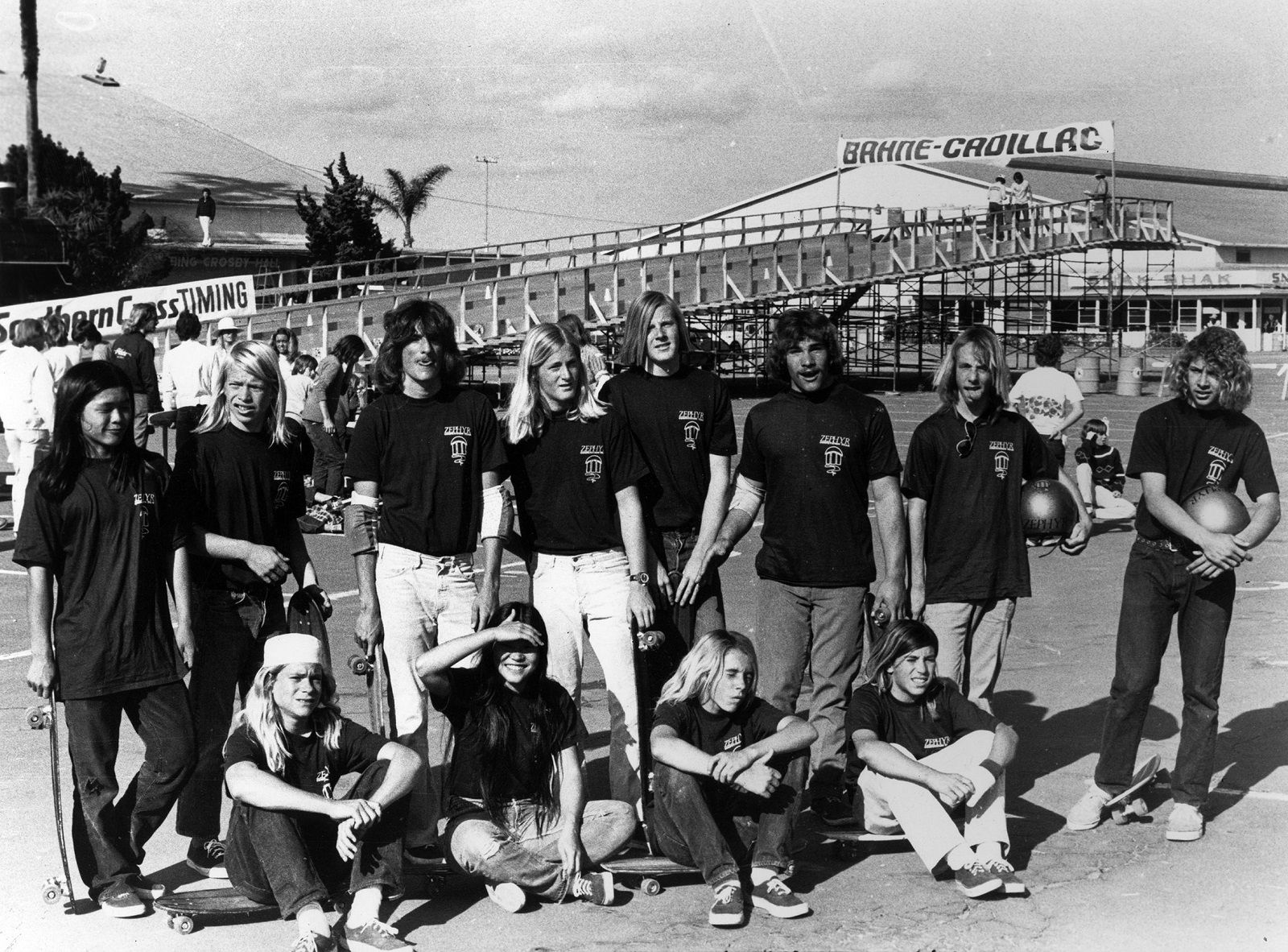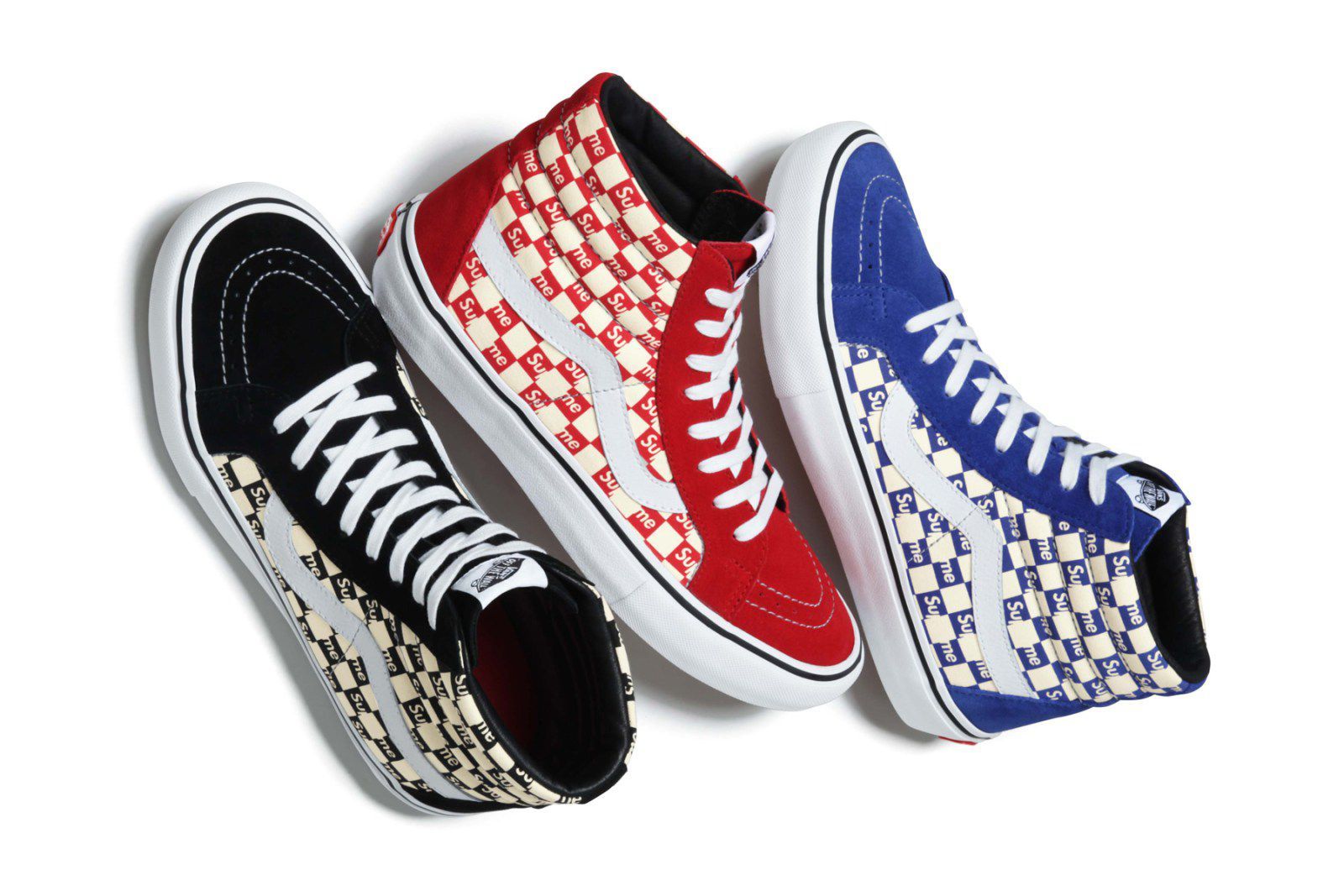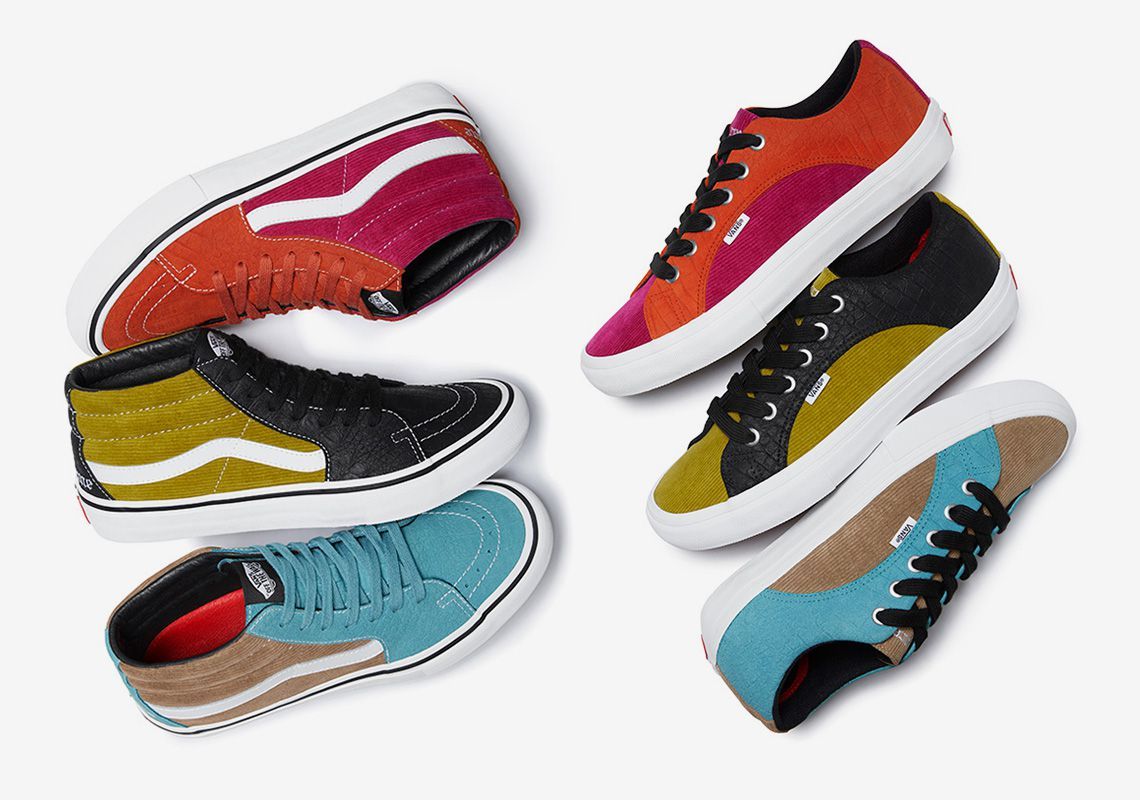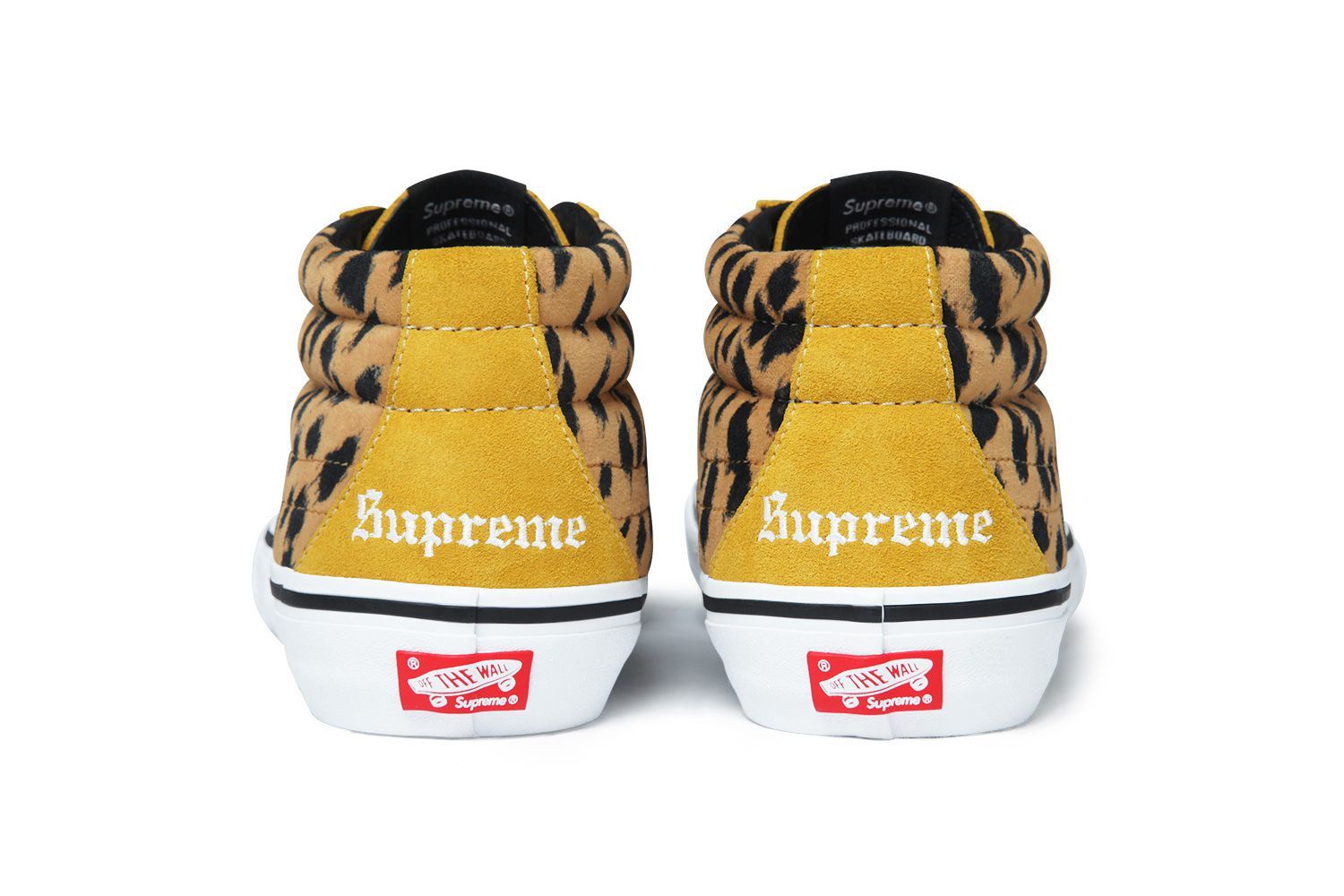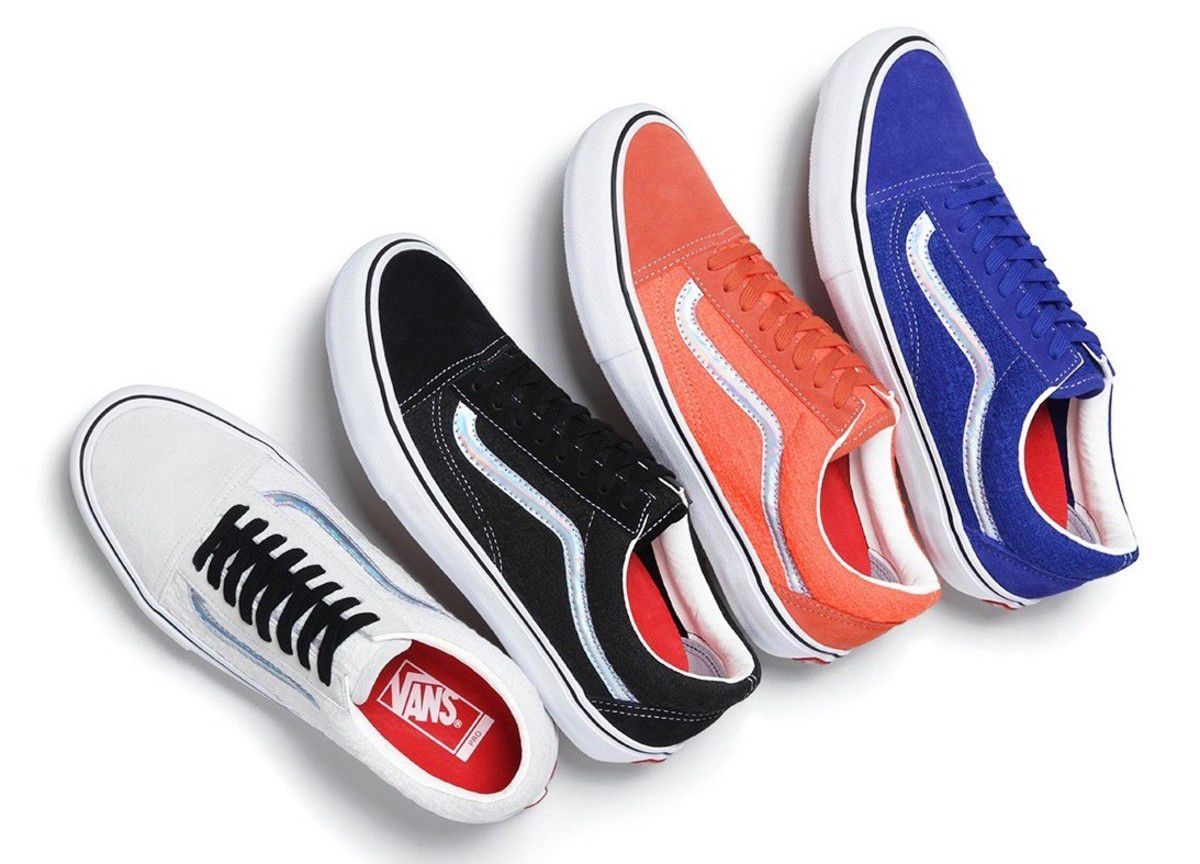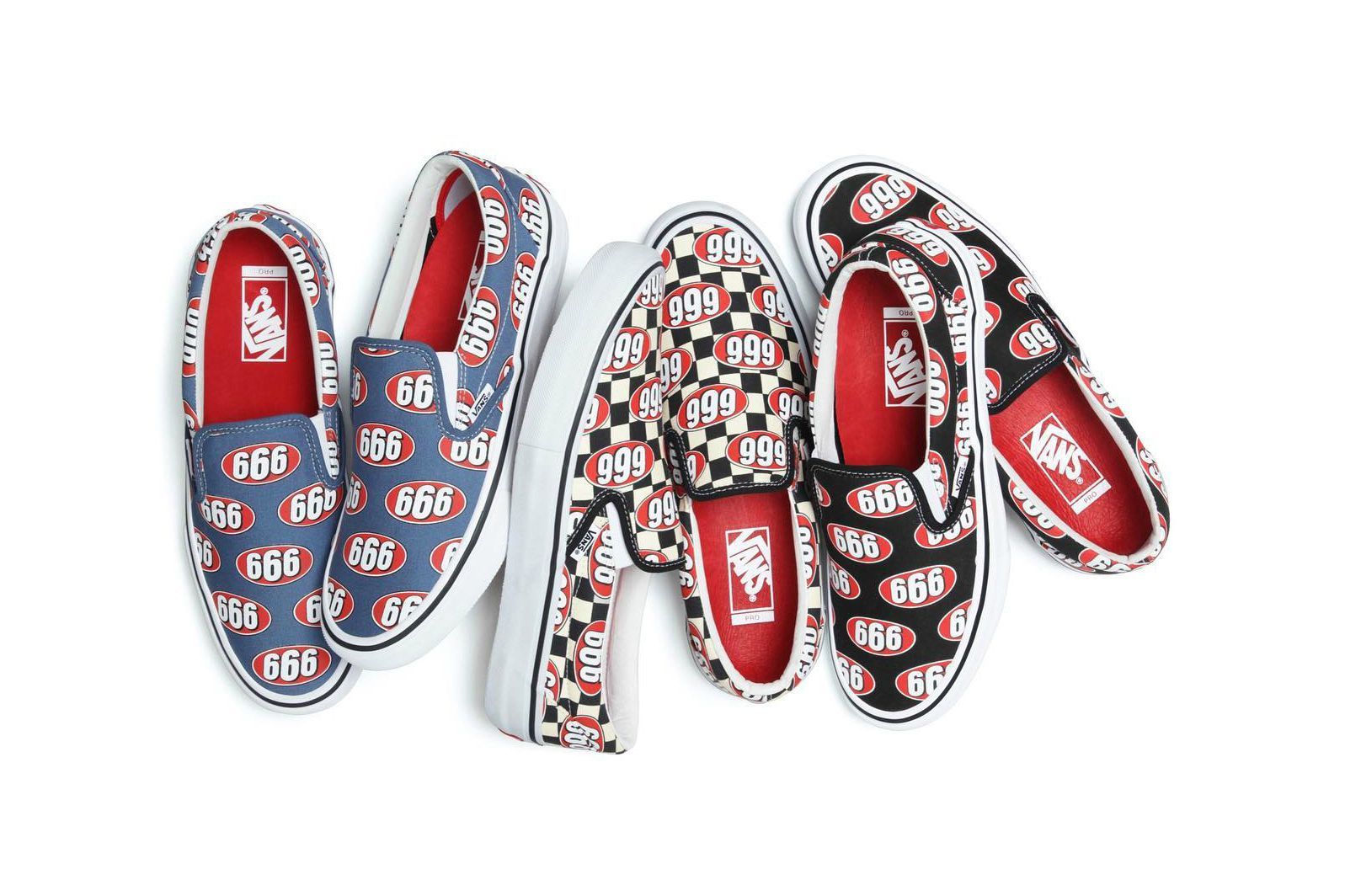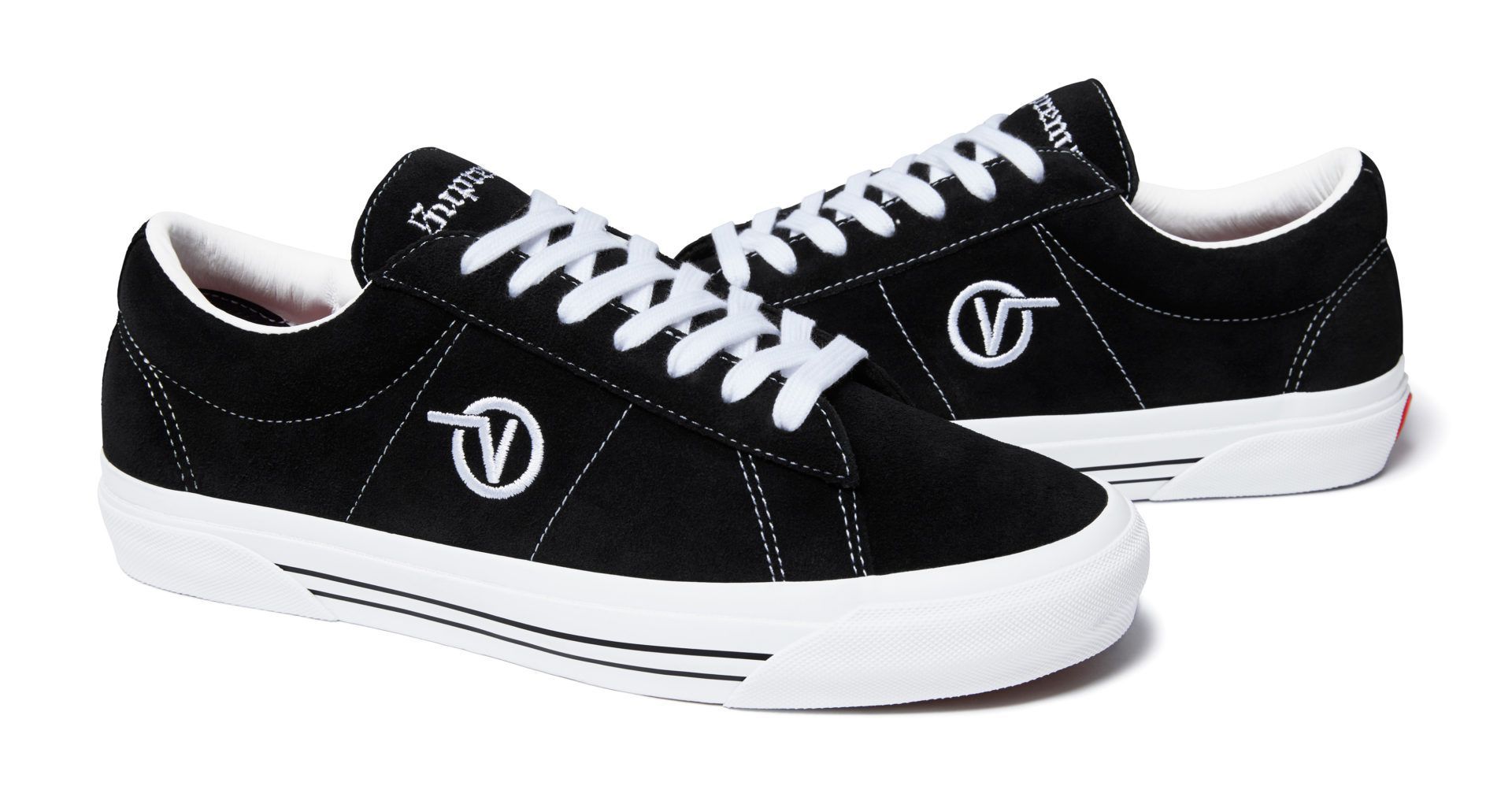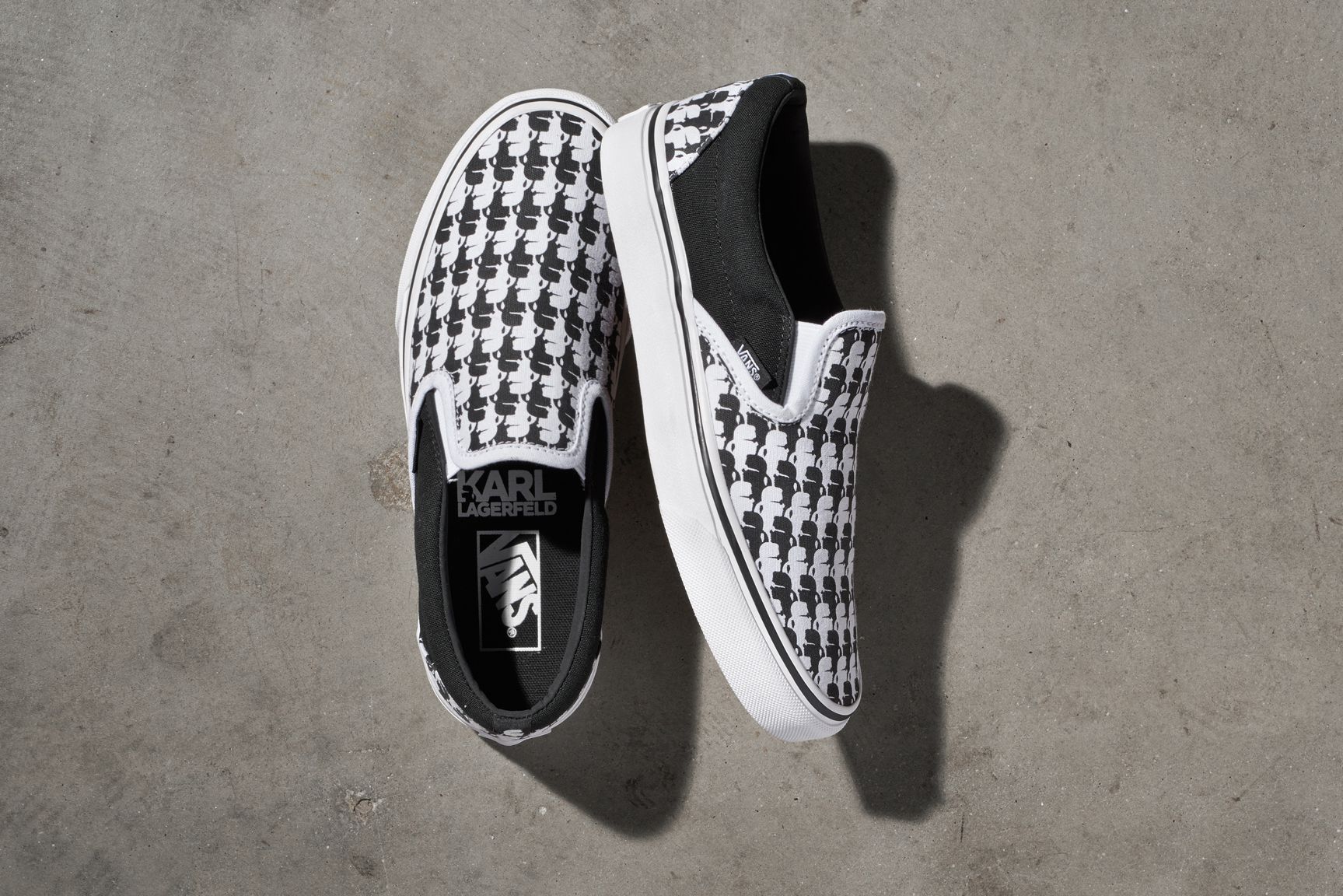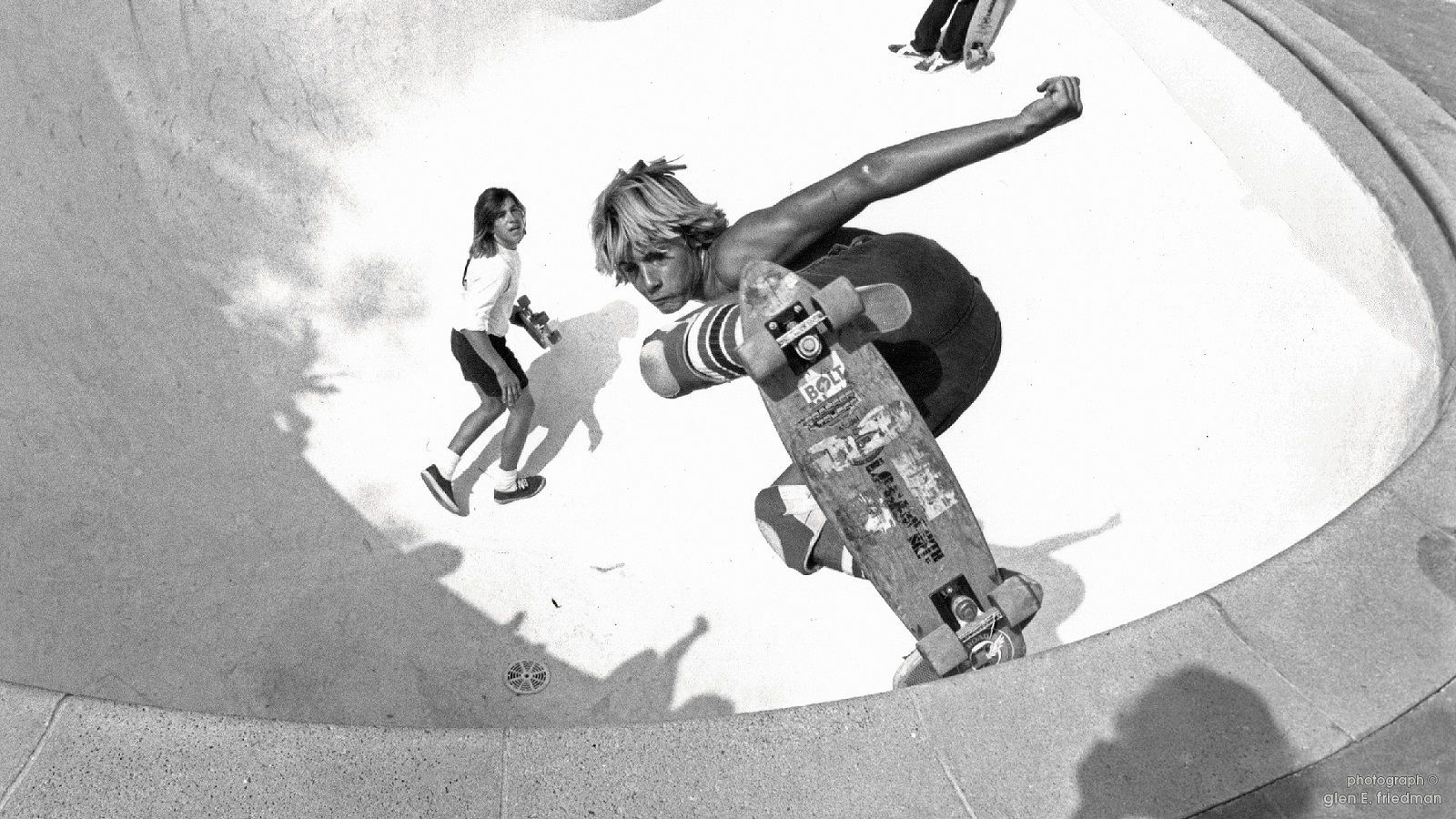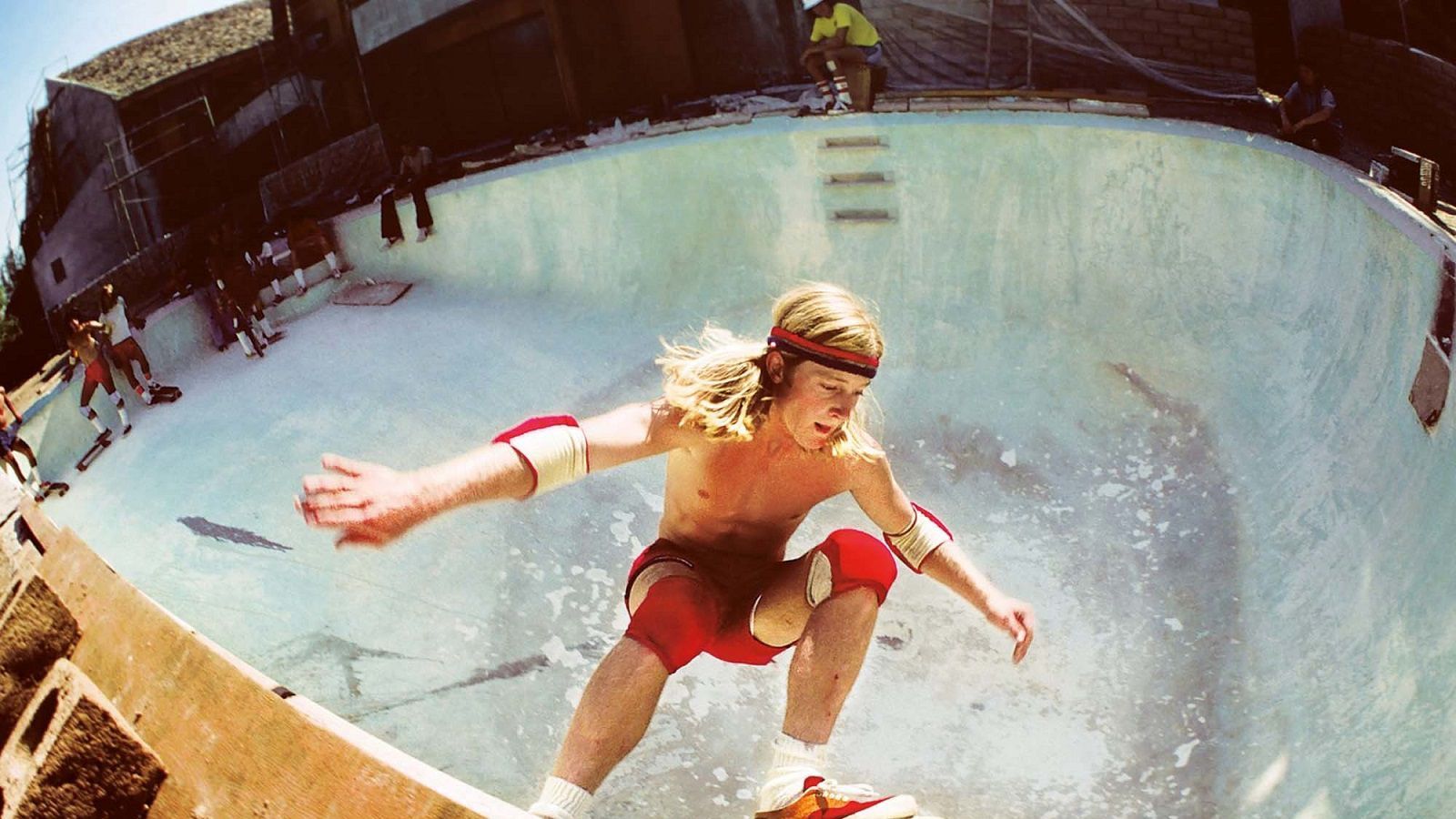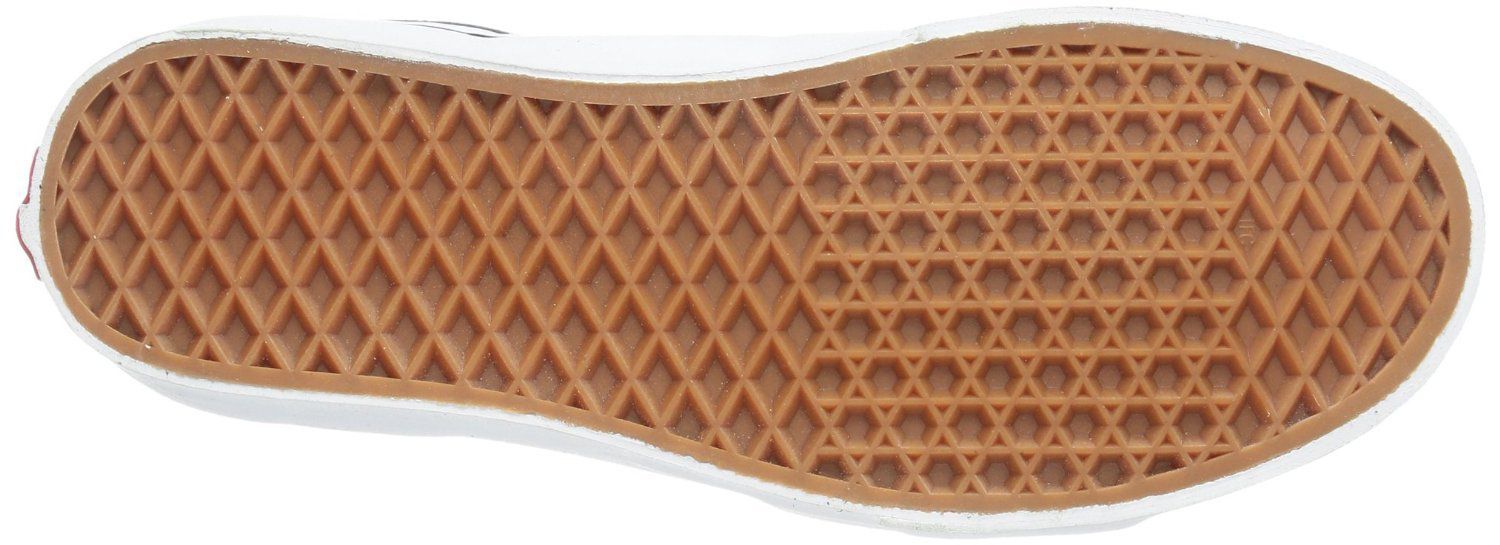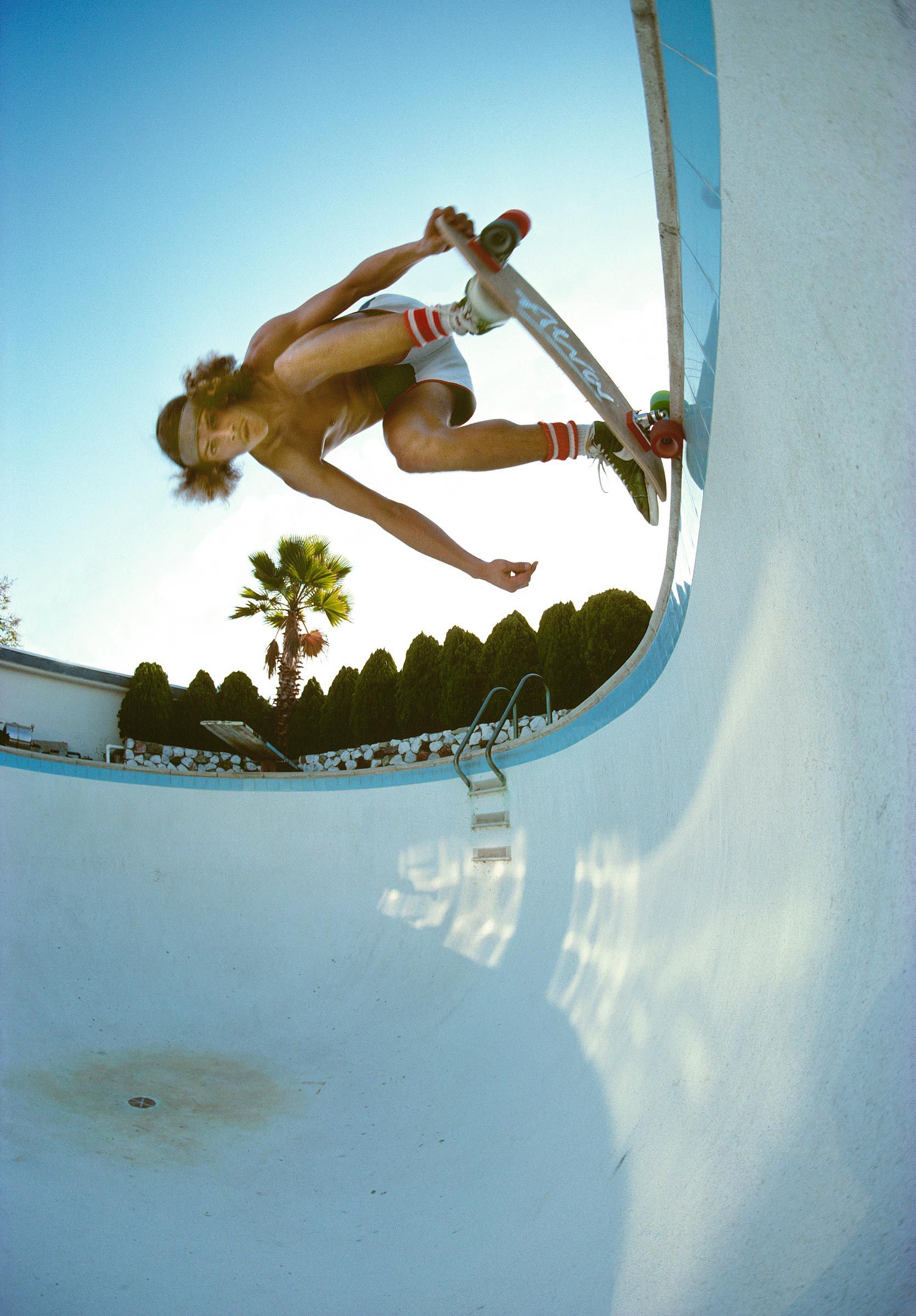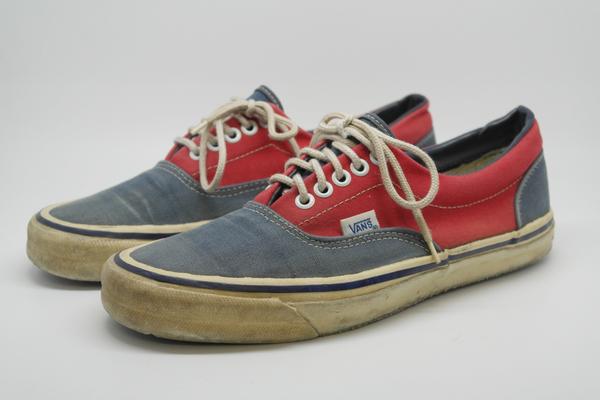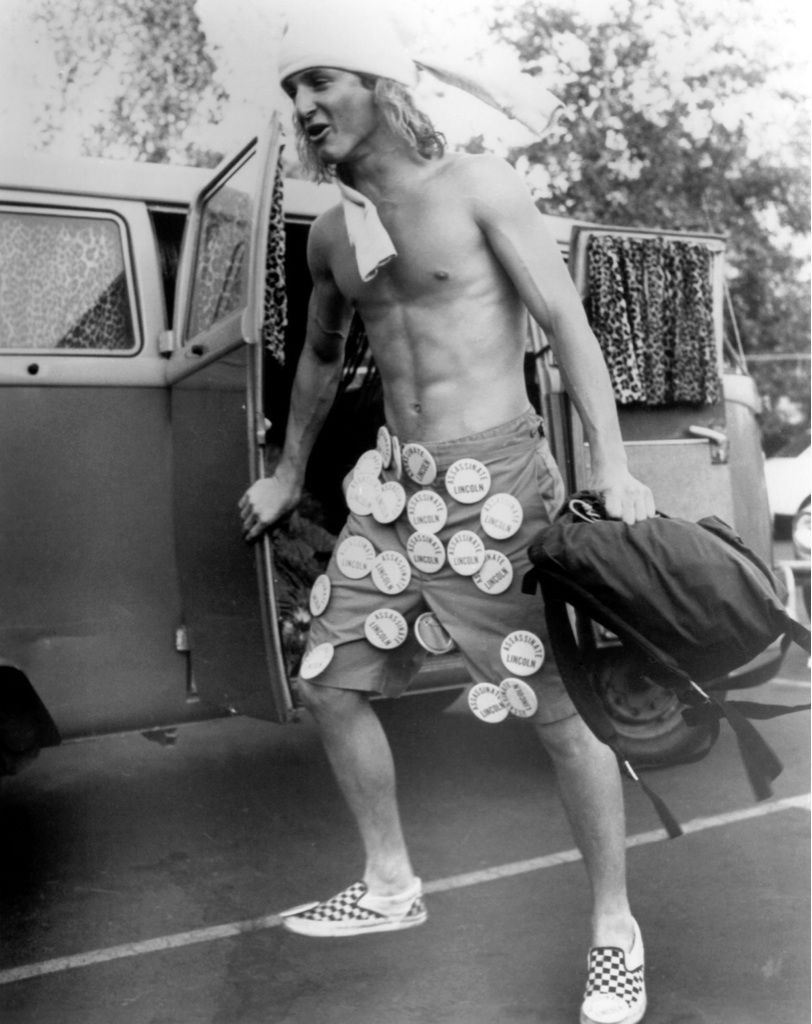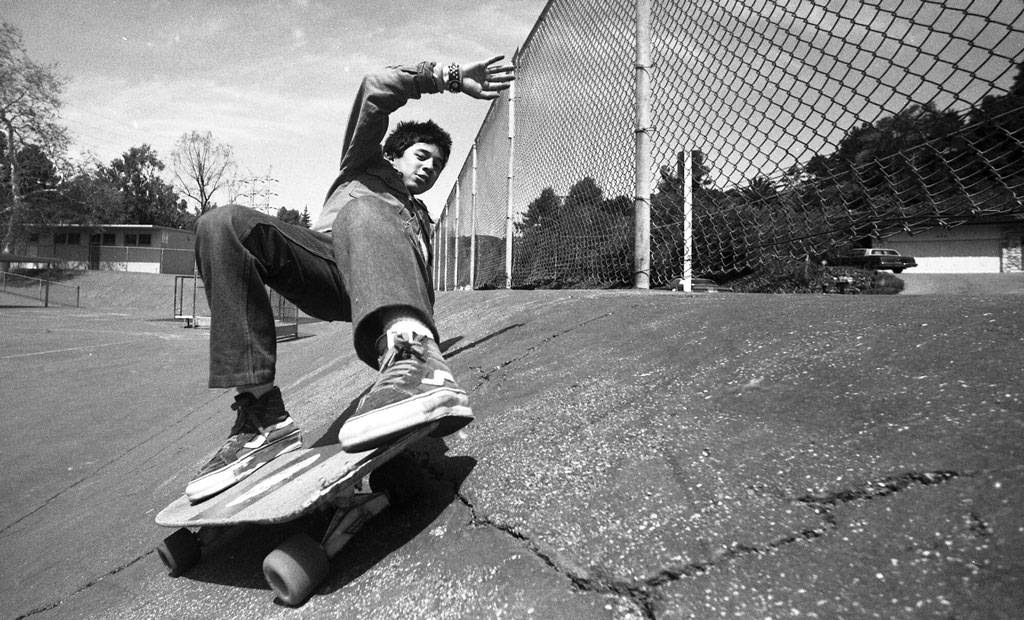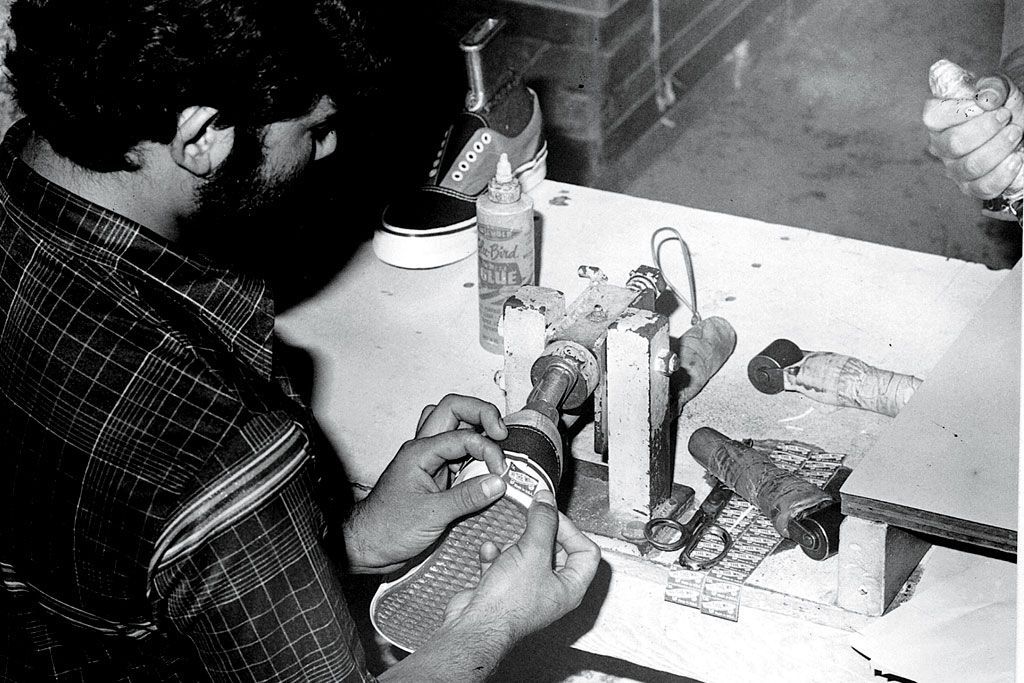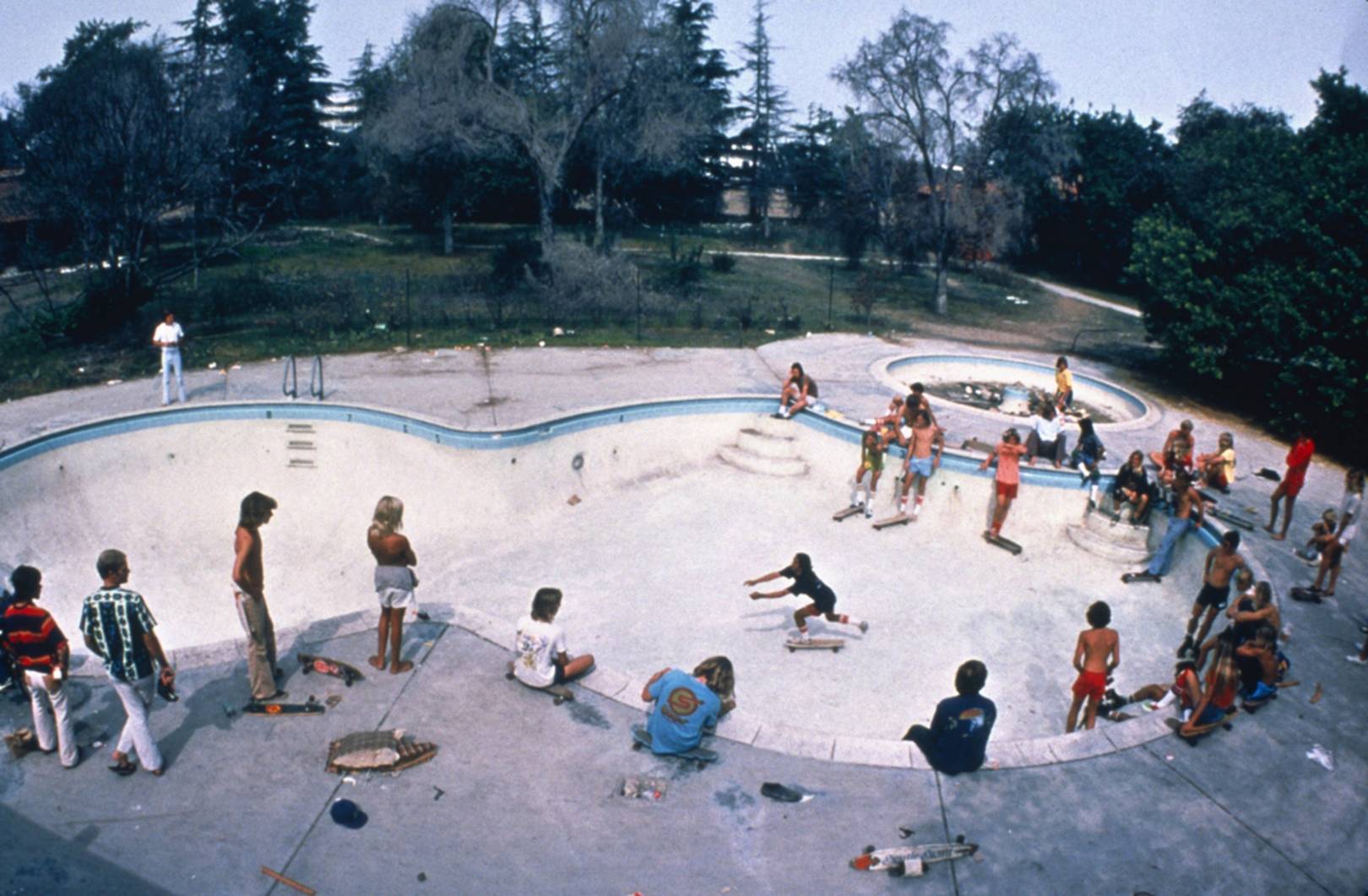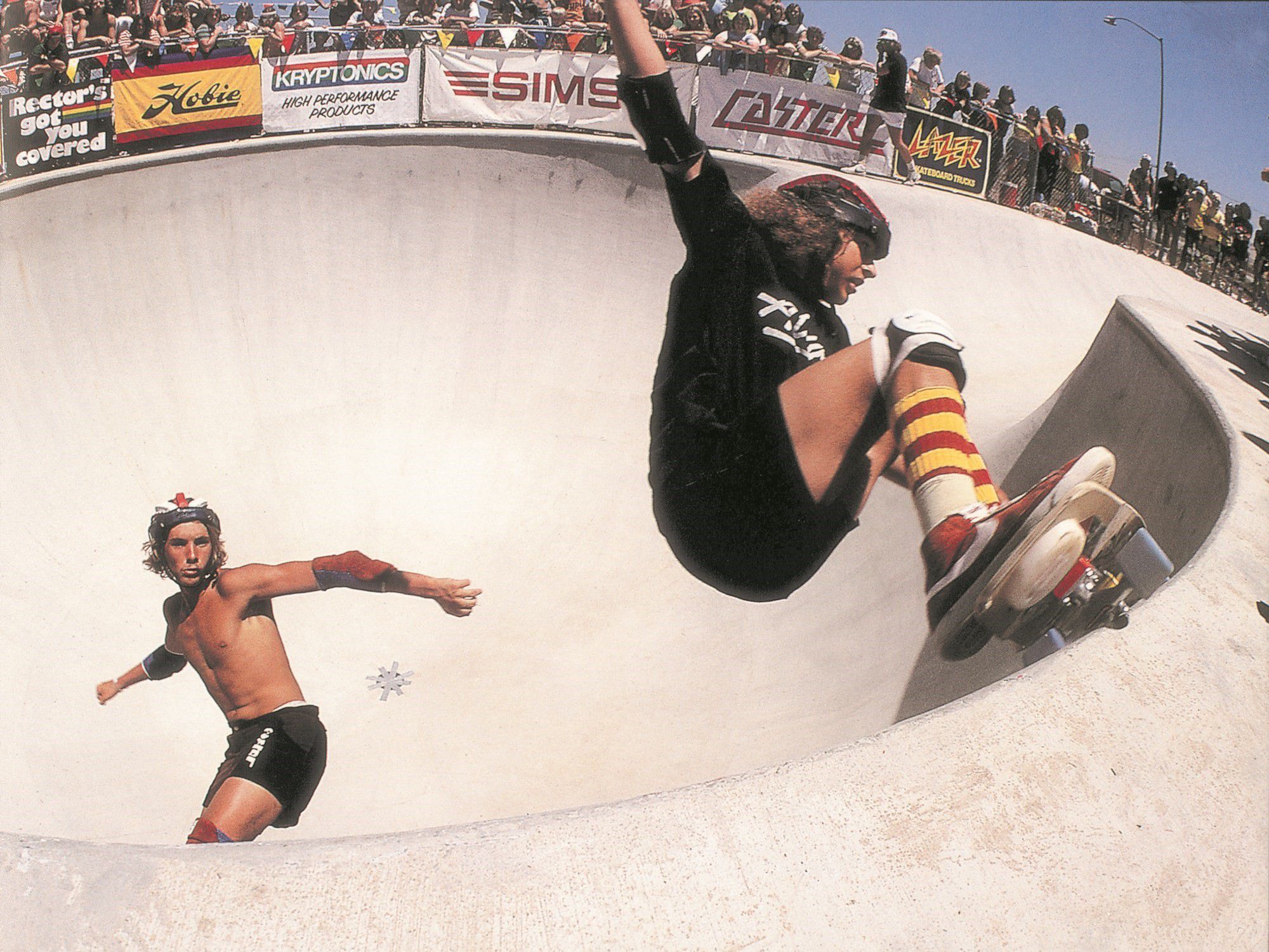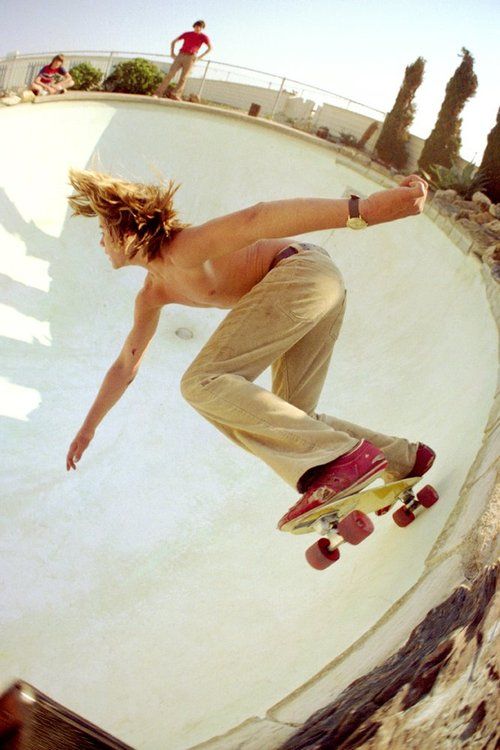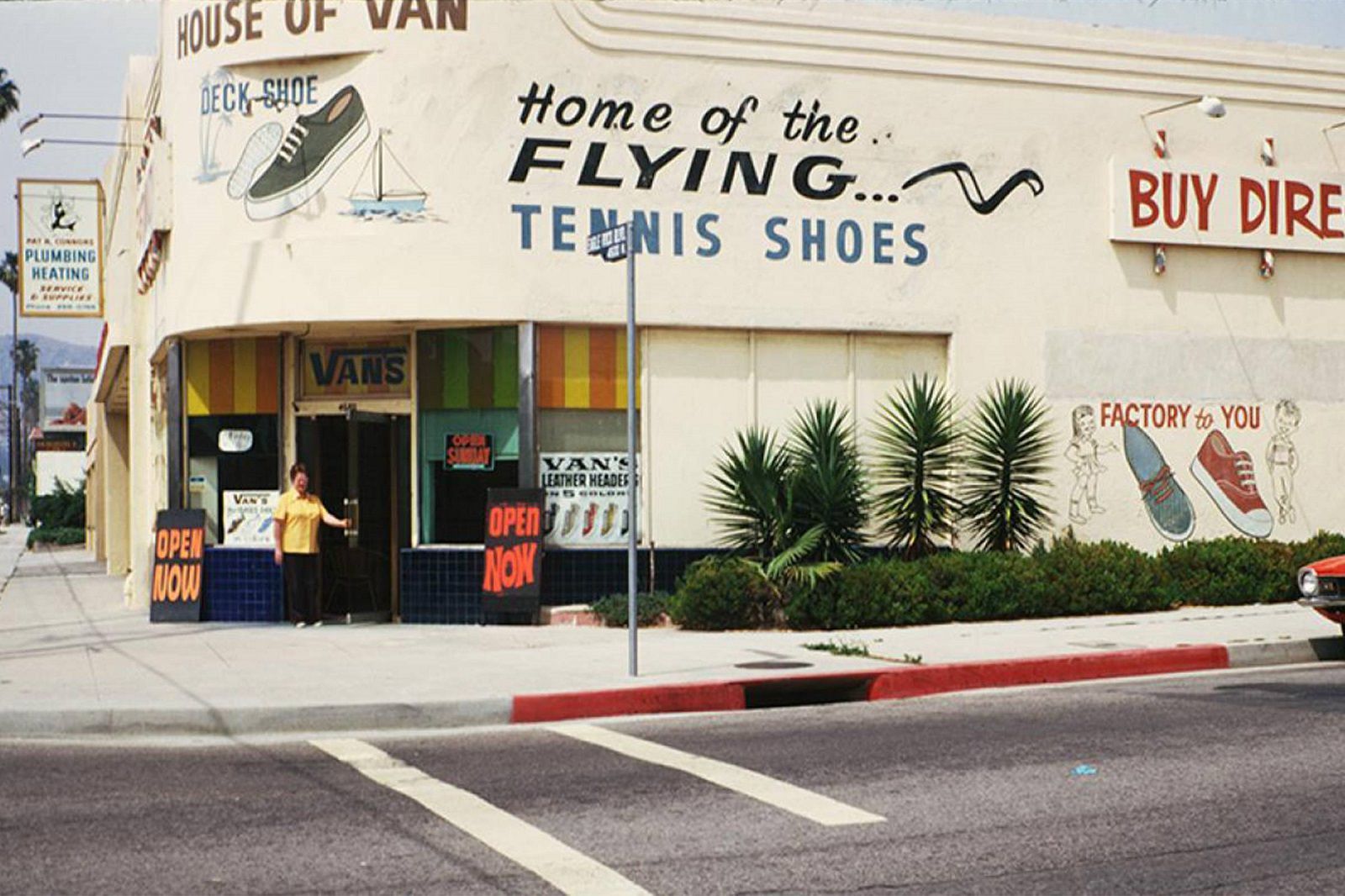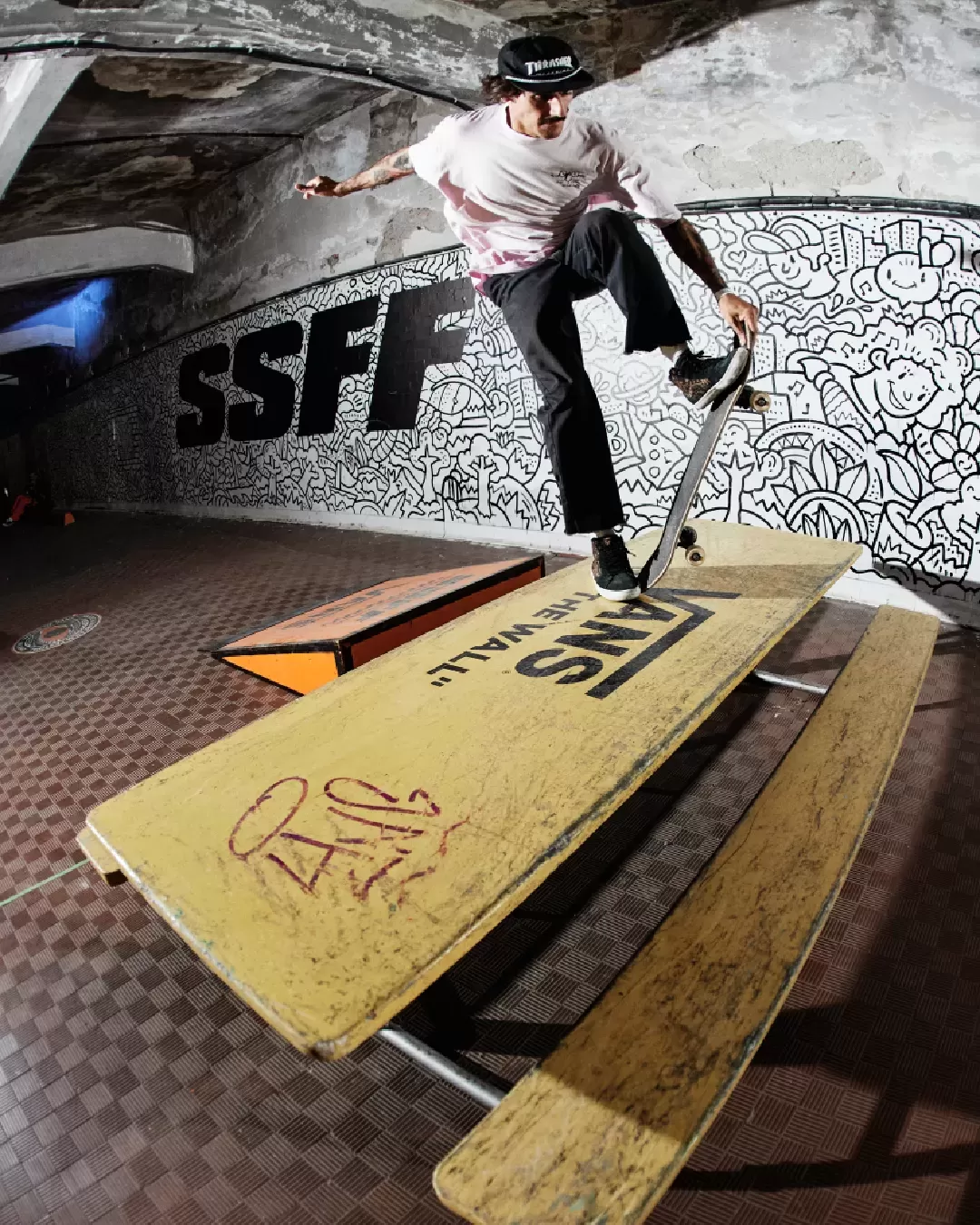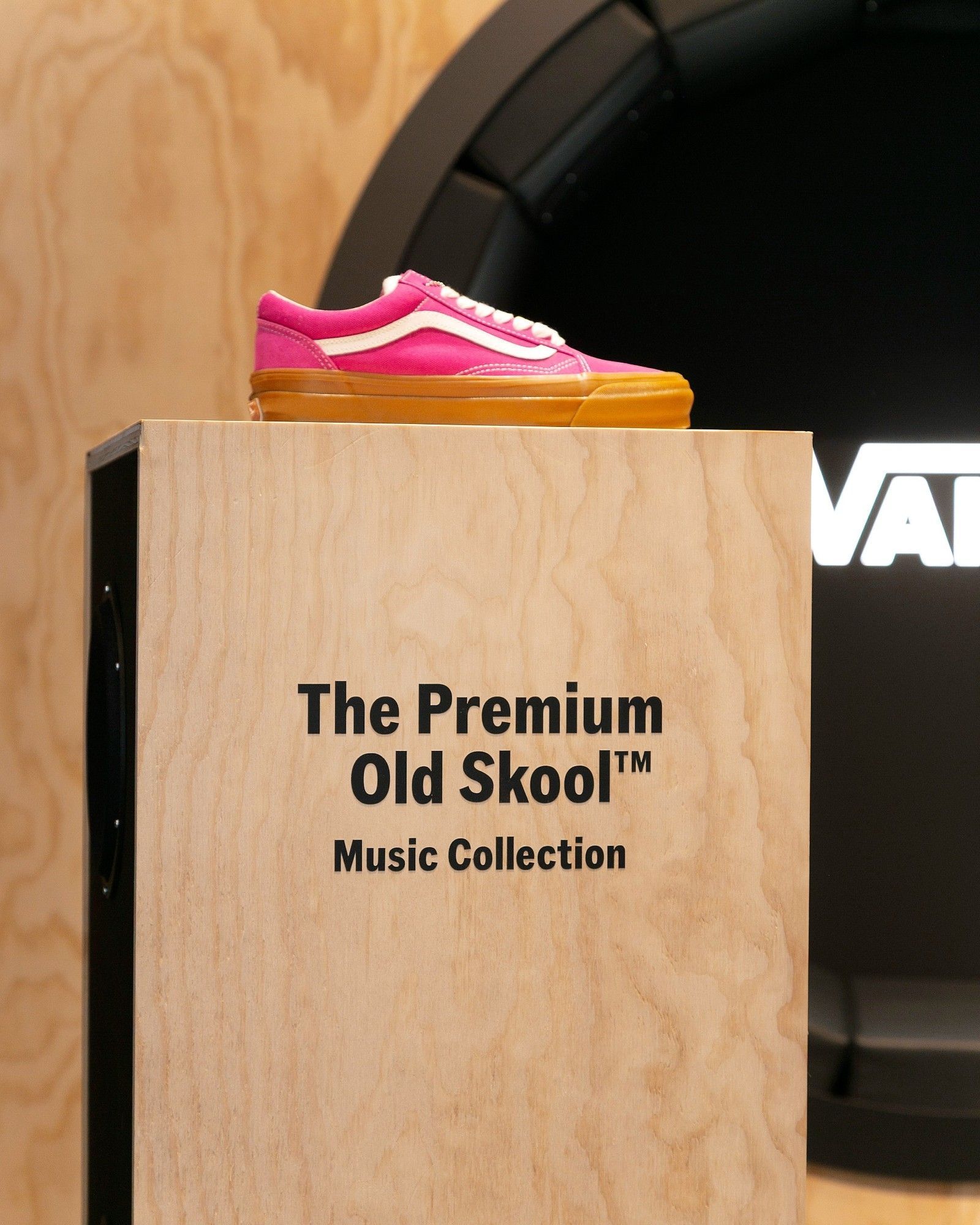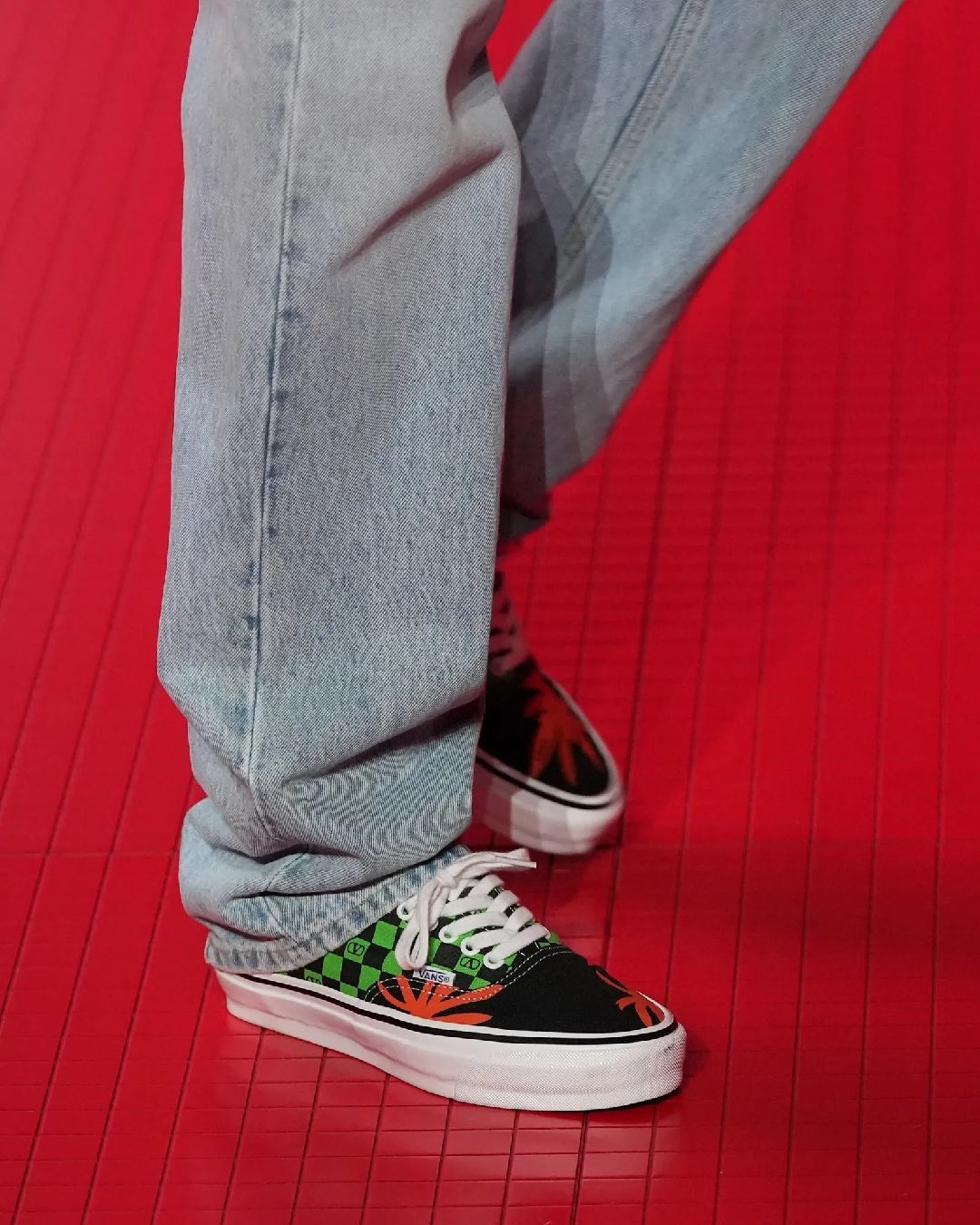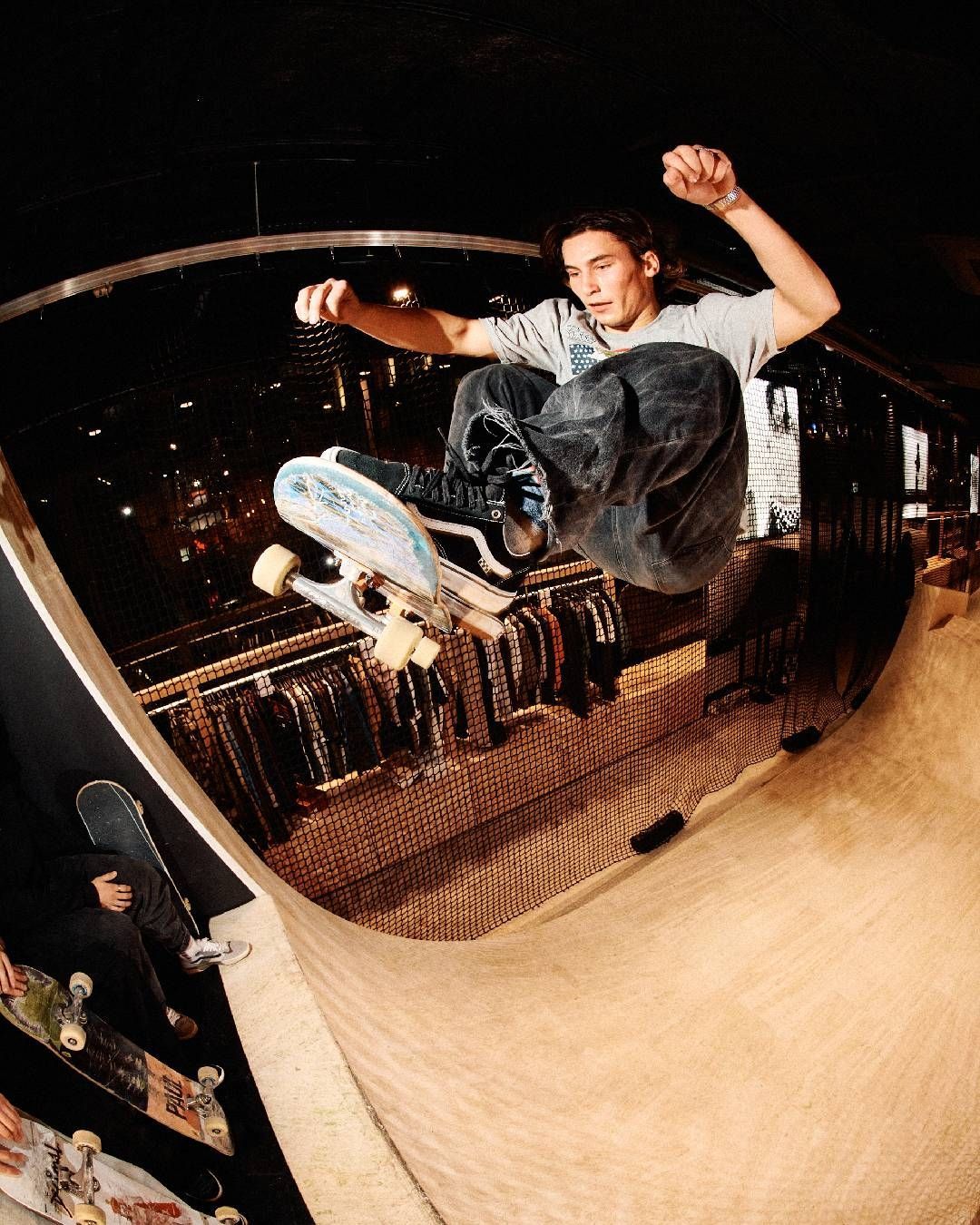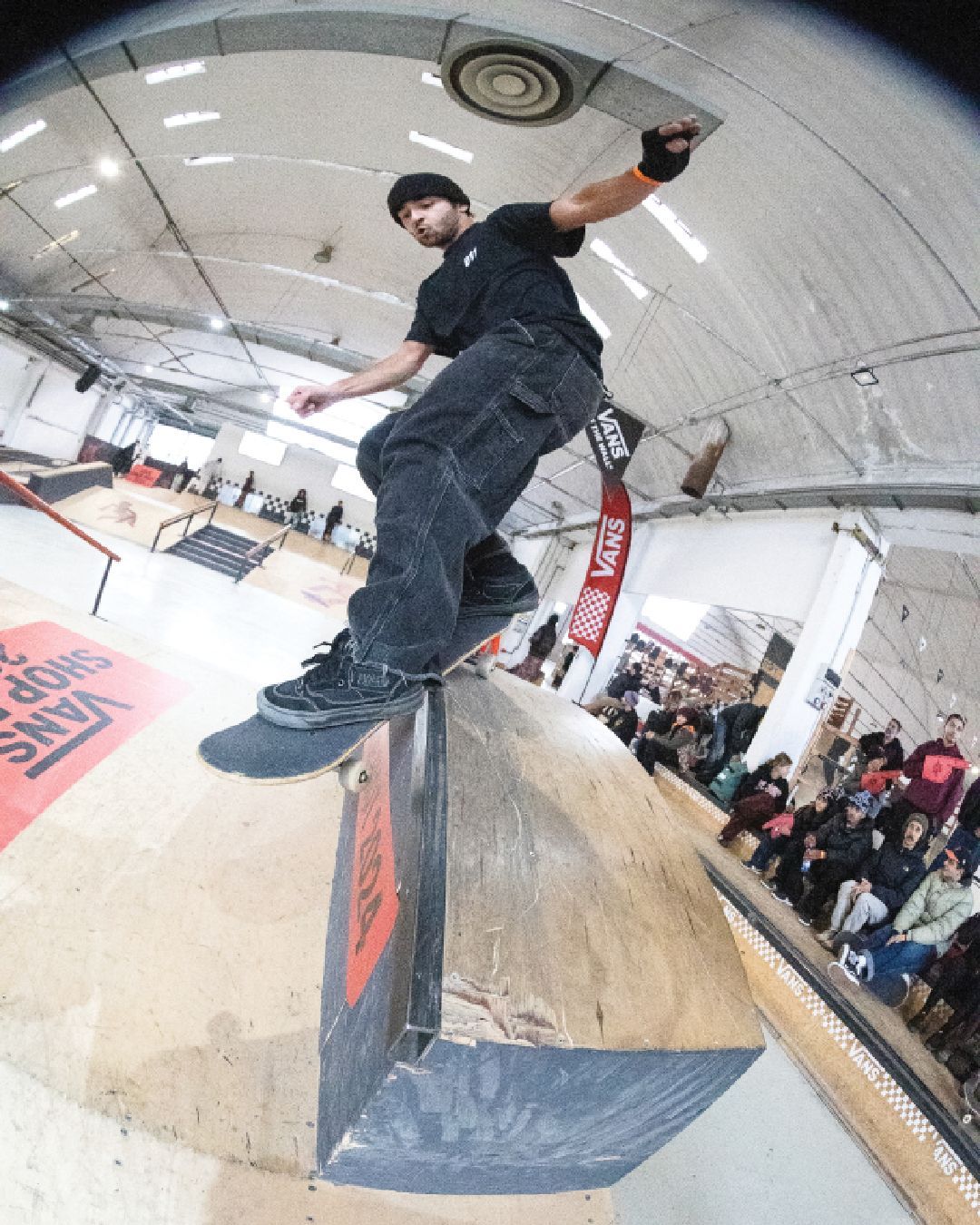
The legend of Vans How the skate brand started from Venice Beach conquered the whole world
The fashion world draws constant inspiration from subcultures, and the one of skateboarding has been one of the most abused, ripped off, rarely honored. An American research, carried out from 2001 until today, reports that Vans has become one of the most beloved brands among American teenagers, overtaking adidas and turning into a real Nike competitor, especially on the women's market. Vans, in its 50 years long history, was able to remain true to itself, never forgetting its origins and its beginnins, managing at the same time to open itself to an infinite audience.
End of the 1960's, California, between Santa Monica and Venice Beach. The favourite sport of hundreds of kids is surfing. You had to be a tough guy to surf here, though, above all in the so-called Dogtown area, where the bravest and most reckless would ride the waves between the pillars based on the sea bottom of the then crumbling Pacific Ocean Park, an abandoned amusement park. The only problem was that the nicest waves, the ones you could actually surf, lasted until 10 am, then almost nothing, so you needed to find a way to spend the day, if possible even training in the meantime. The legendary Z Boys, surfers who belonged to the Jeff Ho & Zephyr Shop team, the first store to create customized and artistic surfboards, begin to use the skateboard to practice. The deck had been the favourite toy of millions of American kids back in the 50's, but then it fell into disuse. The Z Boys took this old toy and started carrying it around Venice Beach, at the beginning on the waterfront, to always keep an eye on the waves, then trying the tricks they would do in the water, and finally starting to create new figures and moves specifically for the skate. Tony Alva, Stacy Peralta and Jay Adams are the most famous members of this movement, out of the box surfers and skateboarders, whose destiny will cross with Vans.
(To get to know better the world of the Z Boys here you can find the beautiful documentary Dogtown and the Z Boys).
Brothers Paul and James Van Doren arrive in California in 1964, where they found along with partners Gordon Lee and Serge Delia, the Van Doren Rubber Company, now known as Vans. The brothers came from Massachussets, where they worked for the Randolph Rubber Manufacturing Company, the first company to produce a skate sneaker, very similar to a Keds silhouette. The Van Dorens actually went to California to run a Randolph Rubber branch, but they soon decided to create their own company. On March 16, 1966, at 704 E. Broadway in Anaheim, California, the first Van Doren Rubber Company store opened its doors. What differentiates immediately this brand from all the other manufacturing companies is the method of production: shoes are in fact created at the moment, almost on order, a costumer enters the store, chooses a sample model and only at that point the shoe is actually manufactured, with the aim of cutting production costs, trying to avoid ending up with unsold goods and increasing profits. On the first day of business twelve costumers showed up, and after having chosen between one of the three models, they were asked to come back in the evening to pick them up. They all came back later that day. One of the first sneakers sold was the Vans #44, the Authentic, the first iconic shoe of the brand, which already featured the Waffle Sole, the sole with a pattern that reminds of a waffle.
The action plan of Paul and partners seemed to be working, therefore the company decided to open nine new stores, only four of which were profitable. Even though his partners and especially his accountants advised Paul to close the stores that were not making money, Paul thought that by opening even more locations, Vans could produce a higher volume of sneakers which would in turn decrease production costs and increase profits, thereby making up for the failing stores. According to the legend, Paul would scout new locations on Monday, and by the end of the same week a new Vans store was opened. For the first ten years Vans could barely stay afloat. Nevertheless in terms of customization Vans was decades ahead of its time. Thanks to its innovative method of production clients could basically design their ideal sneaker, they could even bring a viable fabric and Vans would make their own designed sneaker within a day.
Vans was perfectly aware of who was buying its products and the top managers of the company realized that surfers would very often wear Vans sneakers to practice on the deck. In 1975, Tony Alva and Stacy Peralta approached Vans with the idea of producing a custom sneaker made specifically for skateboarding, helping in the design and the choice of colors and fabrics for the shoe. The Van Doren company created the #95, the Era, one of the best-selling shoes in the history of the brand, the sneaker of an entire generation of skaters. The padded ankle collar made the shoe more resistant to impacts and crashes, very common during the training. The reason why the Era is very often bicolor is once again due to Alva, who one day came into the store needing a left shoe and didn’t care about the color, so ended up wearing one navy blue shoe and one red shoe. So, the first two-tone shoe they came out with was navy blue and red.
This sneaker features for the first time the famous Off The Wall logo, an important part of the Vans universe to this day, and once again it was inspired by Alva. Alva was skating an empty pool and caught air while still gripping his skateboard. Amazed, Skip Engblom, a co-founder of the Z-boys said “Man, you just went off the wall.” The phrase eventually making its way onto the Vans logo once the Van Doren brothers became aware of it.
From this moment on, Vans fully embraced its skate costumer base and in just a couple of years it produced three of the best-selling silhouettes in its history. In 1977 arrives the #36, the Old Skool, the first sport shoe to feature leather panels for increased durability and the Sidestripe, the jazz stripe logo, helping Vans compete against the easily identifiable logos of sneaker brands like Nike and adidas. Then it was the turn of the #93, the Slip-On, which became well-known in the checkered version. Finally, in 1978, comes the #38, the Sk8-Hi, the first high top skate shoe, that helped protect skaters’ ankles while simultaneously showcasing the recently introduced Sidestripe logo.
In 1980 Vans receives a call from Universal Studios, which were producing a film, Fast Times at Ridgemont High, that followed the adventures of a young stoned surfer. The main protagonist, a still unknown Sean Penn, told the production that being a skater his character had to wear Vans. The Van Doren company sent a few sneakers on set and Penn ended up wearing a pair of checkered Slip-Ons on screen. The film became a cult classic. In 1982, the year the film released, Vans saw its revenue more than double to $45 million dollars from $20 million the year before.
Despite this big success, the 80's were a particularly difficult decade for Vans. The brand tried to expand into as many markets as possible, from dancing to running, but in 1984 Vans was forced to file for bankrupcty. Because of these economic issues, Vans missed out a number of possibilities. For example, in 1984 Stacy Peralta was directing his first movie dedicated to the skate culture, The Search for Animal Chin, but Vans couldn't supply the set with its sneakers, so the actors ended up wearing Nike Air Jordans in the movie. The competition with Nike in these years is stronger than ever: Michael J Fox aka Marty McFly in Back to the Future skates with a pair of Nikes, and Farah Fawcett is photographed on the deck with a pair of Cortez. Miraculously, in 1987 Vans emerged from its $12 million debt, paying back every cent they owed.
The following year saw the birth on an iconic sneaker, the Vans Steve Caballero, inspired by another skate legend, always in a high-top version. Caballero would really skate in that shoe and soon enough he realized that it was too high, cumbersome and irritating, making the movements harder, so he started to literally cut off the top of it, creating in this way a mid-top version of the sneaker. Caballero then approached directly Vans, asking to put in production the model he had handcrafted. In 1992, Vans released one of its most iconic sneakers of all time, the Half Cab.
By this time Vans was completely stable, so it could adventure into new worlds and new sports, creating dozens of sports events (surf, BMX, snowboard, motocross) and contests, deciding also to go public. In 1996 Vans inaugurated a decade-long collaboration with what at the time was just a little skateboarding brand known only to the deck lovers, Supreme New York. We all know how the story went on, with Supreme launching a capsule with Vans almost every year.
The now positive financial situation allowed the Van Doren brothers to make up for the past mistakes, creating also a full-circle. In 2011, in fact, Stacy Peralta directs a new movie, Dogtown and Z Boys, a monumental and iconic love letter to the skateboarding culture and to the California of the 60's, told by the legendary members of the Zephyr Shop team, all elements that had always been part of Vans's DNA. This time the brand takes part in the production at 100%, and the narrating voice is of another face familiar for the brand, Sean Penn. The movie conquers Sundance Film Festival and Vans becomes part of the history of cinema as well.
Having nothing else to prove, Vans is free to do just what it believes in. In 2004 there was the launch of Vans Customs on the website of the brand, a customization service that allows the customers to choose the colors and the fabrics of their Vans, basically the tech and updated version of what the Van Doren brothers did in their first shops. The collaborations with athletes continue (the skater Anthony Van Engelem is the first to wear Vans Apparel, followed by the skater Christian Hosoi and the surfer Joel Tudor), the pro skater Chima Ferguson creates the Chima Pro, the first signature pro model in six years. Vans creates new collections with Simpsons, Disney, Beatles and Takashi Murakami.
In 2011 Vans profits went beyond $1 billion dollars.
Over the course of the years, from a brand known and loved only by skaters, surfers and young kids, Vans went on to become part of the high fashion world as well. Celine former creative director, Phoebe Philo, would take her final bow at the end of a show wearing a pair of checkered Slip-Ons, which worked as an inspiration for the deluxe version she created for the French maison. An example followed by Givenchy and Saint Laurent. In 2017 the Kaiser of fashion, Karl Lagerfeld, designed a collection for Vans.
From a small manifacturing factory born on the sunny streets of California to a brand globally recognized and loved, the Van Doren company moved up in an impressive way, even though we'd like to know what the Z Boys think of this evolution...










































